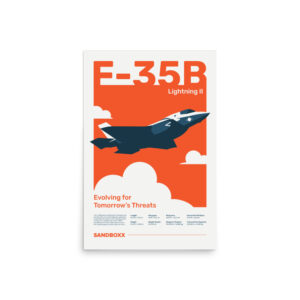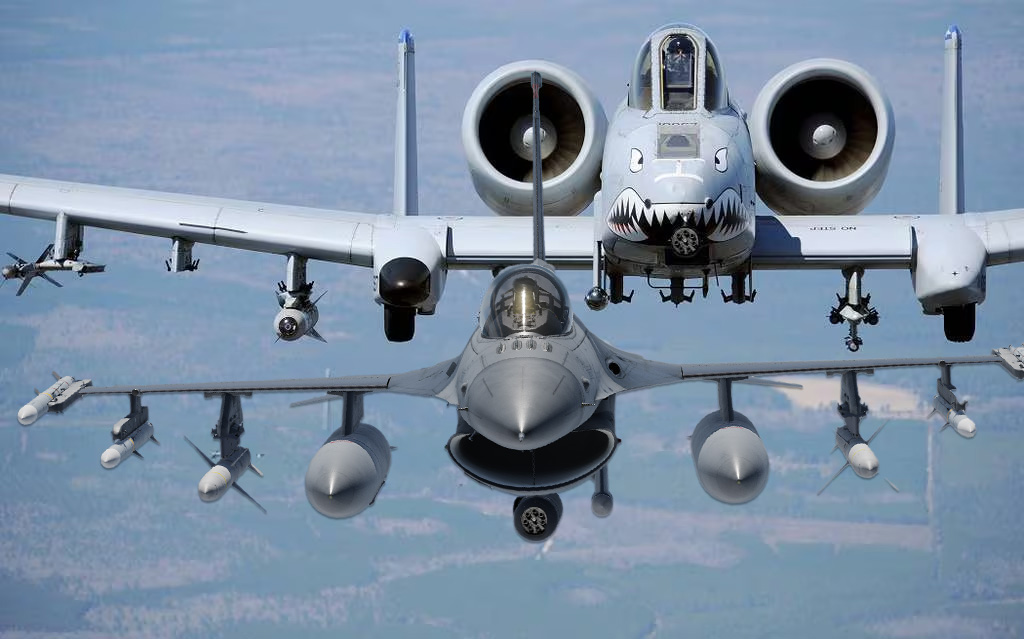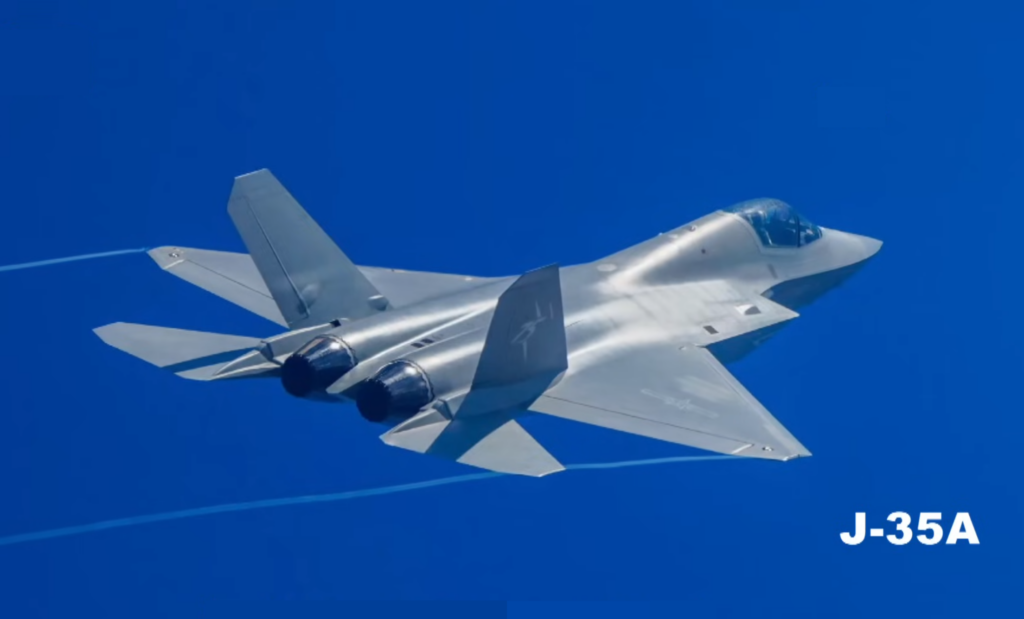The Air Force has 6 B-21 Raiders in production, 1 in ground testing
- By Alex Hollings
Share This Article

The Air Force announced this week that the first completed B-21 Raider has begun ground testing, with at least six of the next-generation stealth bombers now in some stage of production.
The B-21 Raider is expected to be the most advanced stealth bomber ever to take to the skies when it enters service later this decade. Developed and built by Northrop Grumman, the same firm responsible for the B-2 Spirit stealth bomber, the Raider is expected to build upon the Spirit’s success while offering improved stealth for a 21st-century battlespace.

Related: What can we expect from the B-21 Raider?
The first completed B-21 Raider has entered ground testing, though that doesn’t necessarily mean the aircraft will be flying particularly soon. Ground testing is a significant endeavor and includes going through literally every system on the aircraft, from the mechanical function of the aircraft’s control surfaces (flaps, ailerons, rudders) to firing up different electronics systems to both verify their functionality and ensure they don’t interfere with one another.
Ground testing can take years for some aircraft, and because the B-21 will undoubtedly be carrying cutting-edge technology, testing will almost certainly be rigorous. However, despite the size of the challenge, Northrop Grumman still expects to unveil the aircraft to the public later this year, with its first flight expected to take place sometime soon thereafter.
This speed can be credited, at least in part, to the Air Force embracing a digital approach to design and development, as explained by Maj. Gen. Jason R. Armagost, the top general at Air Force Global Strike Command, earlier this year.
“We are capitalizing on the revolution in digital—models-based systems engineering, open mission systems architecture software,” Armagost said.
“As an example, the software for the fuel control system, which is a pretty complex thing, is completely done on an aircraft that hasn’t even flown yet as a test article, because of how we’re able to do models-based systems engineering. And they actually built a fuel systems model and tested the software, and the software is ready to go.”

Related: How the B-21 Raider could shift power in the Pacific
Much like its predecessor, the B-21 will be capable of carrying a variety of nuclear weapons like the B-61 variable-yield nuclear gravity bomb and the Long Range Stand Off (LRSO) nuclear cruise missile, but that’s far from all it will carry. The B-21 will also be equipped to handle a large number of conventional weapons that will allow it to play an active role in combat operations around the world immediately upon entering service.
This past week, the Air Force signaled an interest in developing a second long-range stealth bomber, this time a lower-cost uncrewed platform that can fly in support of the B-21 using systems in development to pair fighters with highly-capable UCAV wingmen. This new drone stealth bomber concept is expected to begin development in fiscal year 2024.
Read more from Sandboxx News
Related Posts
Sandboxx News Merch
-

A-10 ‘Thunderbolt Power’ Poster
$22.00 – $28.00 Select options This product has multiple variants. The options may be chosen on the product page -

F-35 ‘Lightning’ Poster
$22.00 – $28.00 Select options This product has multiple variants. The options may be chosen on the product page -

F-35 ‘Evolution’ Poster
$22.00 – $28.00 Select options This product has multiple variants. The options may be chosen on the product page

Alex Hollings
Alex Hollings is a writer, dad, and Marine veteran.
Related to: Airpower

How US Special Forces took on Wagner Group mercenaries in an intense 4-hour battle

F-16s carrying the A-10’s 30mm cannon actually saw combat

How does China’s new J-35 stealth fighter compare to America’s F-35?

Why China’s new J-35 jet could mean trouble for America
Sandboxx News
-

‘Sandboxx News’ Trucker Cap
$27.00 Select options This product has multiple variants. The options may be chosen on the product page -

‘AirPower’ Classic Hoodie
$46.00 – $48.00 Select options This product has multiple variants. The options may be chosen on the product page -

‘AirPower’ Golf Rope Hat
$31.00 Select options This product has multiple variants. The options may be chosen on the product page -

‘Sandboxx News’ Dad Hat
$27.00 Select options This product has multiple variants. The options may be chosen on the product page
